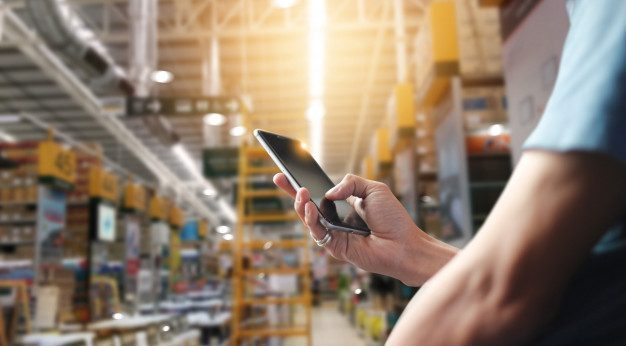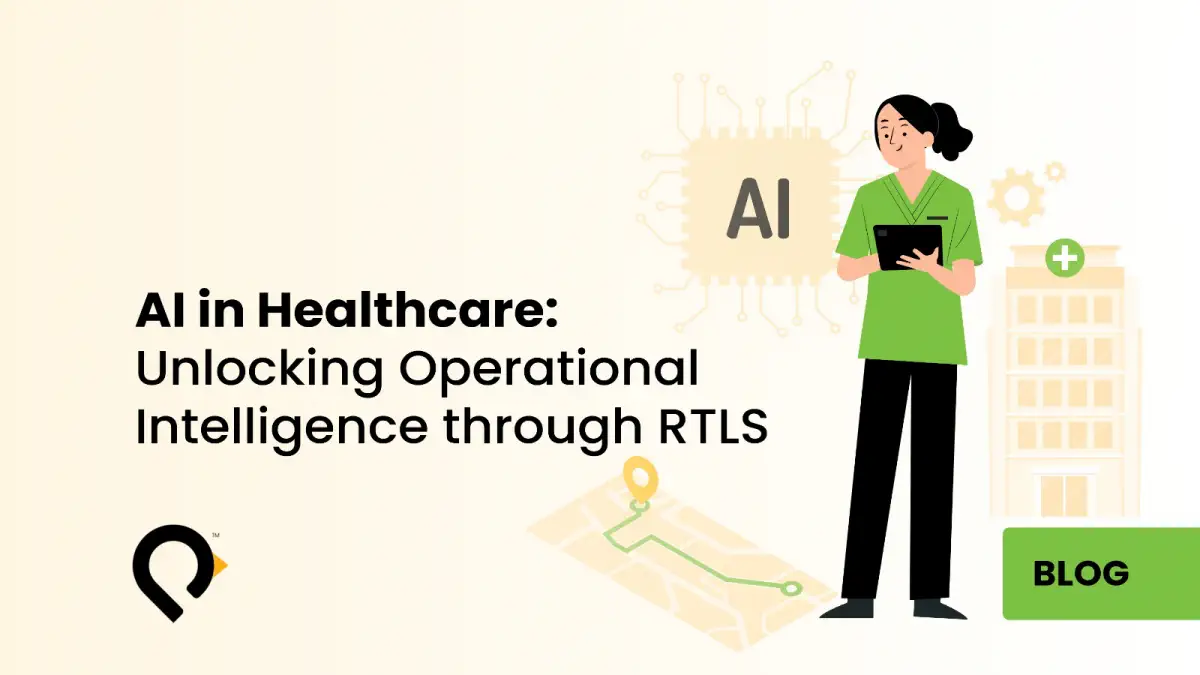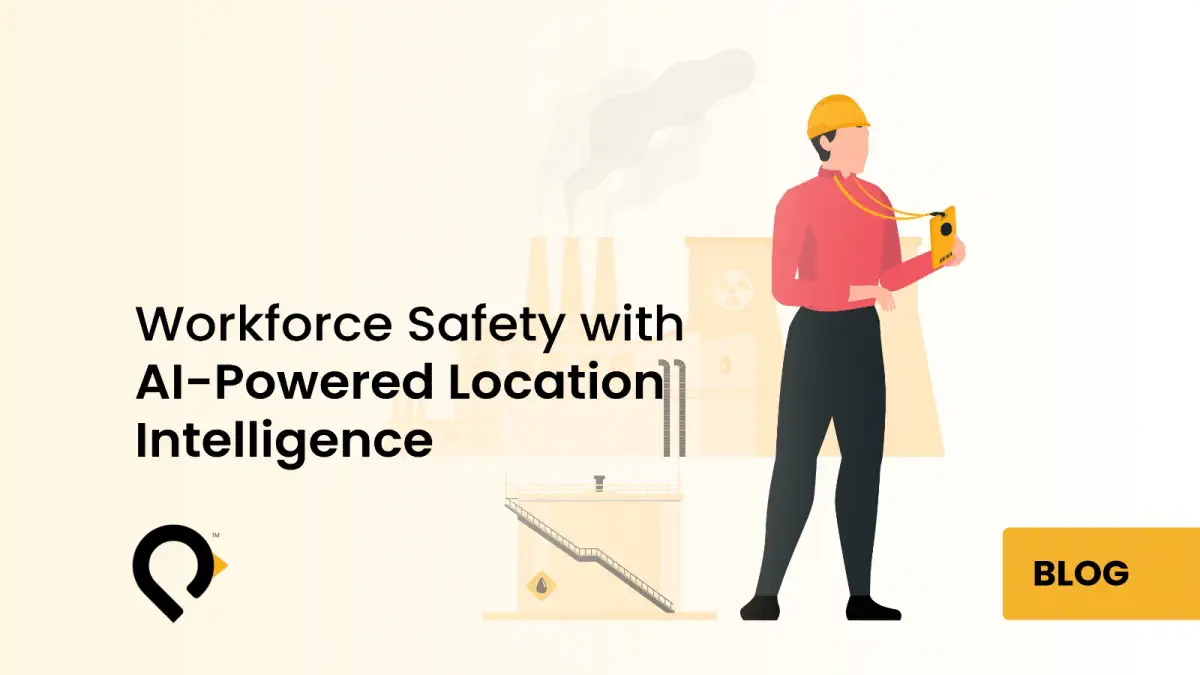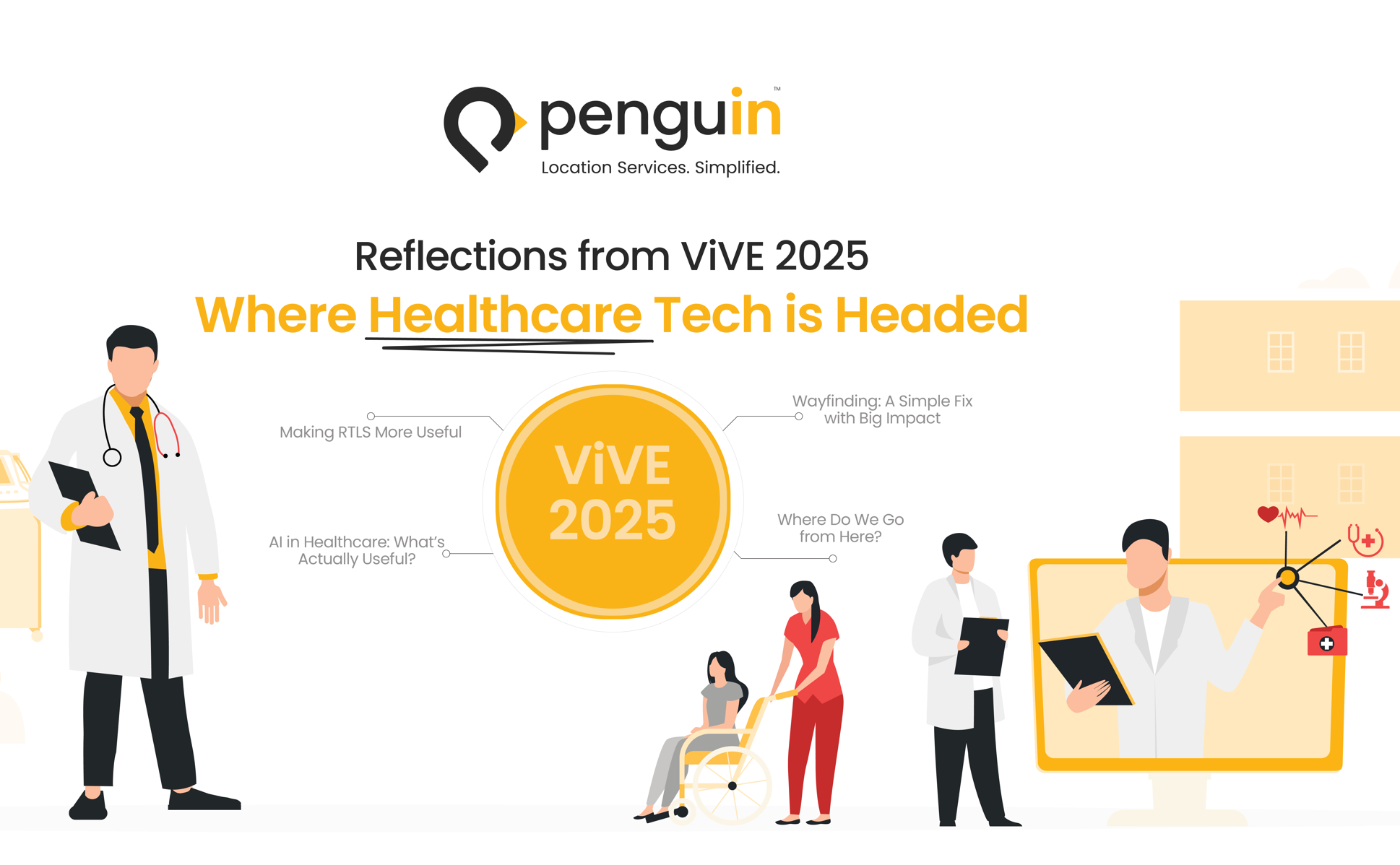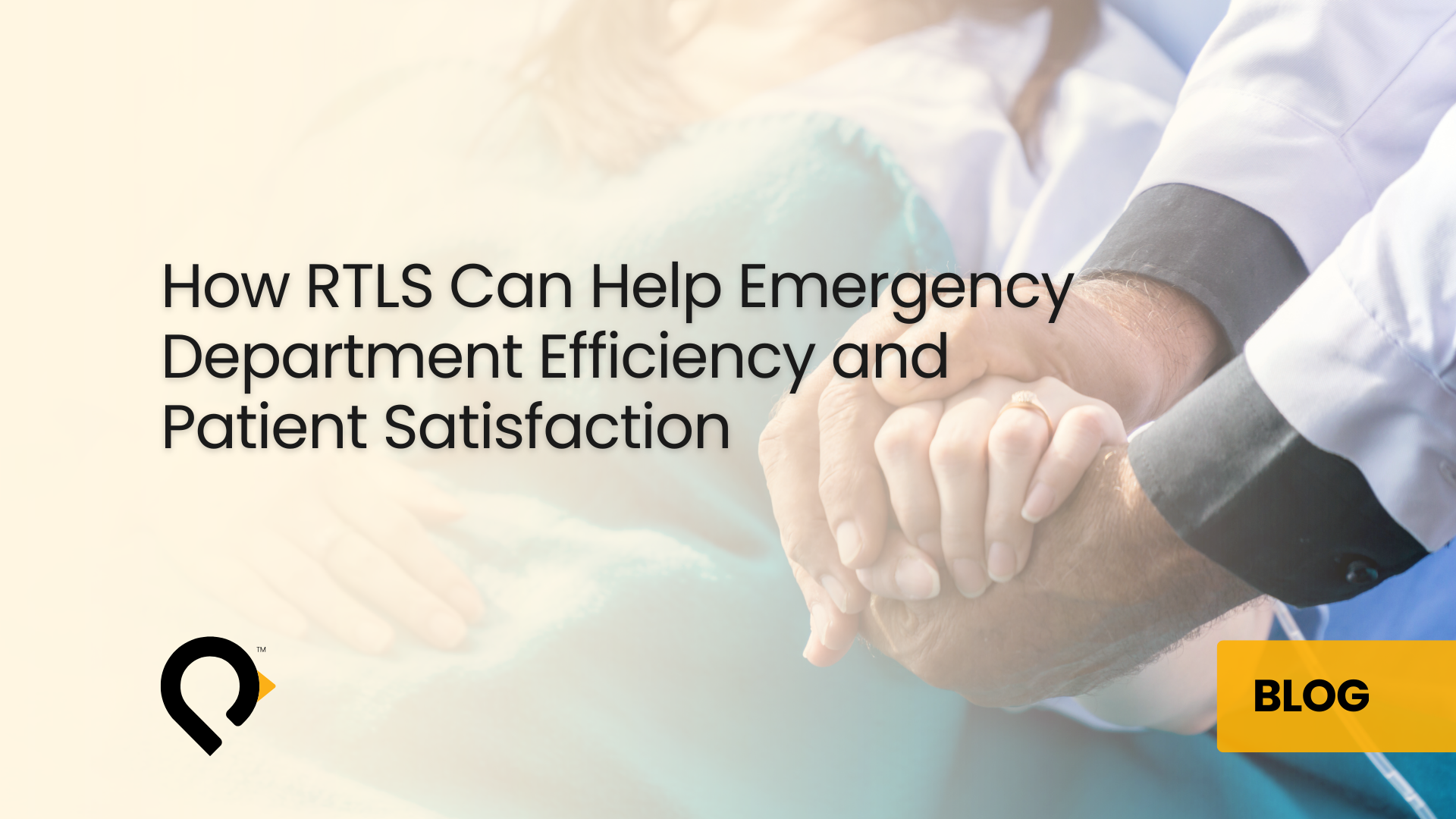From Plaza to Gallery: A Procurement-Friendly Guide for Campus-Wide Wayfinding
Why Mixed Districts Need More Than Maps
Indoor outdoor navigation environments like Disney, Ocean Park, Global Village, DGDA (Diriyah Gate), and KAFD (King Abdullah Financial District) present unique challenges. In these spaces, guests move from plazas and boulevards into atriums, malls, museums, and rooftop dining.
Moreover, to keep visits on track you need more than signage. You need campus wayfinding solutions that blend several key elements. These include indoor mapping, outdoor paths, and indoor navigation with a reliable blue dot. Additionally, they include respectful geofencing and location-based messaging. Furthermore, guests should have a choice between app-free wayfinding (via a virtual kiosk) and premium app-based navigation in a great venue app.
Maps + Positioning: One Canvas for Campus Navigation Systems Indoors and Out
Start with a living map for your campus wayfinding solutions. AI mapping keeps indoor maps and outdoor paths current as tenants rotate and pop-ups appear.
Additionally, an indoor positioning system (IPS) fuses BLE beacons (indoors) with GPS (outdoors). This prevents the blue dot from “swimming” at doorways. Moreover, multilingual labels clearly show tagged PRM routes. Seamless parking-to-venue transitions turn confusion into confidence through complete campus navigation systems.
Virtual Kiosk for Reach, Venue App for Loyalty in Digital Wayfinding Solutions
Put a virtual kiosk wherever people decide. Place them at parking pillars, gateways, elevator banks, plaza hubs, and storefronts.
Additionally, a QR or short link opens app-free wayfinding in the browser. It uses the same routing logic as kiosks and apps. This includes detours and shaded options.
Furthermore, one tap hands off to the venue app. There, guests keep their route, language, and accessibility settings. They also keep tickets and reservations. They can continue with rich app-based navigation through advanced campus wayfinding solutions.
Geofencing That Helps, Not Harasses in Interactive Wayfinding
Well-designed geofencing uses soft zones. These include stages, prayer areas, dining terraces, shuttle stops, and escalators. They time location-based messaging only when it’s useful in campus navigation systems.
Specifically, indoors, triggers ride IPS accuracy (e.g., BLE + Wi-Fi). On the other hand, outdoors, GNSS does the job. As a result, you get a calm prompt. For example: “the gallery show starts in seven minutes; here’s the step-free PRM route.” This is not a spam blast through intelligent digital wayfinding solutions.
Analytics That Prove Campus Wayfinding Solutions Work
Operators need evidence, not hype. Analytics and geo-analytics expose useful data. Moreover, they show heatmaps, dwell time, path flows, and queue pressure. Teams can balance footfall, staff smartly, and tune tenant mix through complete campus navigation systems.
Additionally, you can see virtual-kiosk scans convert to finished journeys. Geofenced nudges reduce “where am I?” calls. This makes the business case clear for procurement and finance when putting in campus wayfinding solutions.
What to Ask in the RFP for Multi Building Navigation (and Why)
Insist on one stack that powers kiosk wayfinding, app-free wayfinding, and app-based navigation. This should be through integrated campus wayfinding solutions.
Specifically, this includes a Web SDK and iOS/Android SDKs. It also needs a clean REST API for routes, POIs, and events.
Furthermore, require multilingual support and offline behavior. Ask for human-centric mapping in the maintenance workflow. Also request clear accuracy-by-use-case if you adopt “hardware-light” or hardware-free indoor location in some buildings.
In essence, you’re buying continuity. You want one cartography, one IPS, and one analytics model. You don’t want a pile of point tools for your digital wayfinding solutions.
Sample Playbook: DGDA & KAFD Campus Navigation Systems
At DGDA, heritage lanes and open-air stages benefit from several features. These include shade-aware routing, prayer-time flows, and virtual kiosks at gateways. All work through specialized campus wayfinding solutions.
Similarly, at KAFD, towers, skybridges, and vertical lobbies have different needs. They call for elevator-bank routing, robust indoor navigation, and after-work demand shaping.
Moreover, in both districts, the same ingredients create results. These include indoor mapping, IPS (BLE + Wi-Fi + GNSS), geofencing, venue app, and analytics. They create a quieter, more capable guidance layer through complete campus navigation systems.
The Quiet Win of Interactive Wayfinding
When this stack of campus wayfinding solutions is in place, guidance disappears into the experience. Specifically, guests glide from plaza to gallery to table.
Additionally, operators see calmer peaks and clear uplift. Furthermore, your procurement team can stand behind every claim with data.
Consequently, that’s how mixed-district wayfinding beats expectations. It’s how you outrank and out-deliver competitors through superior digital wayfinding solutions in the process.
Get Started with Campus Wayfinding Solutions

